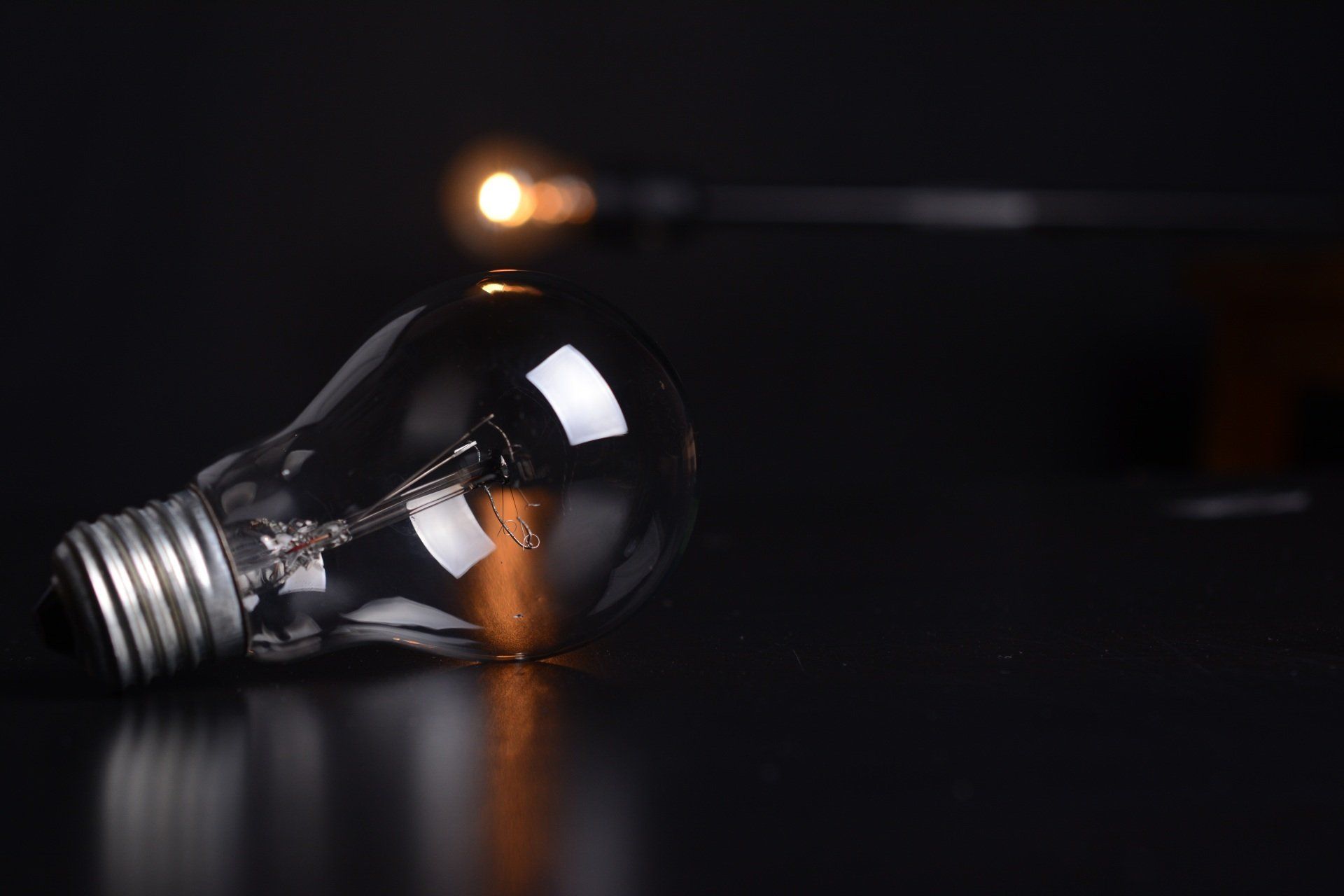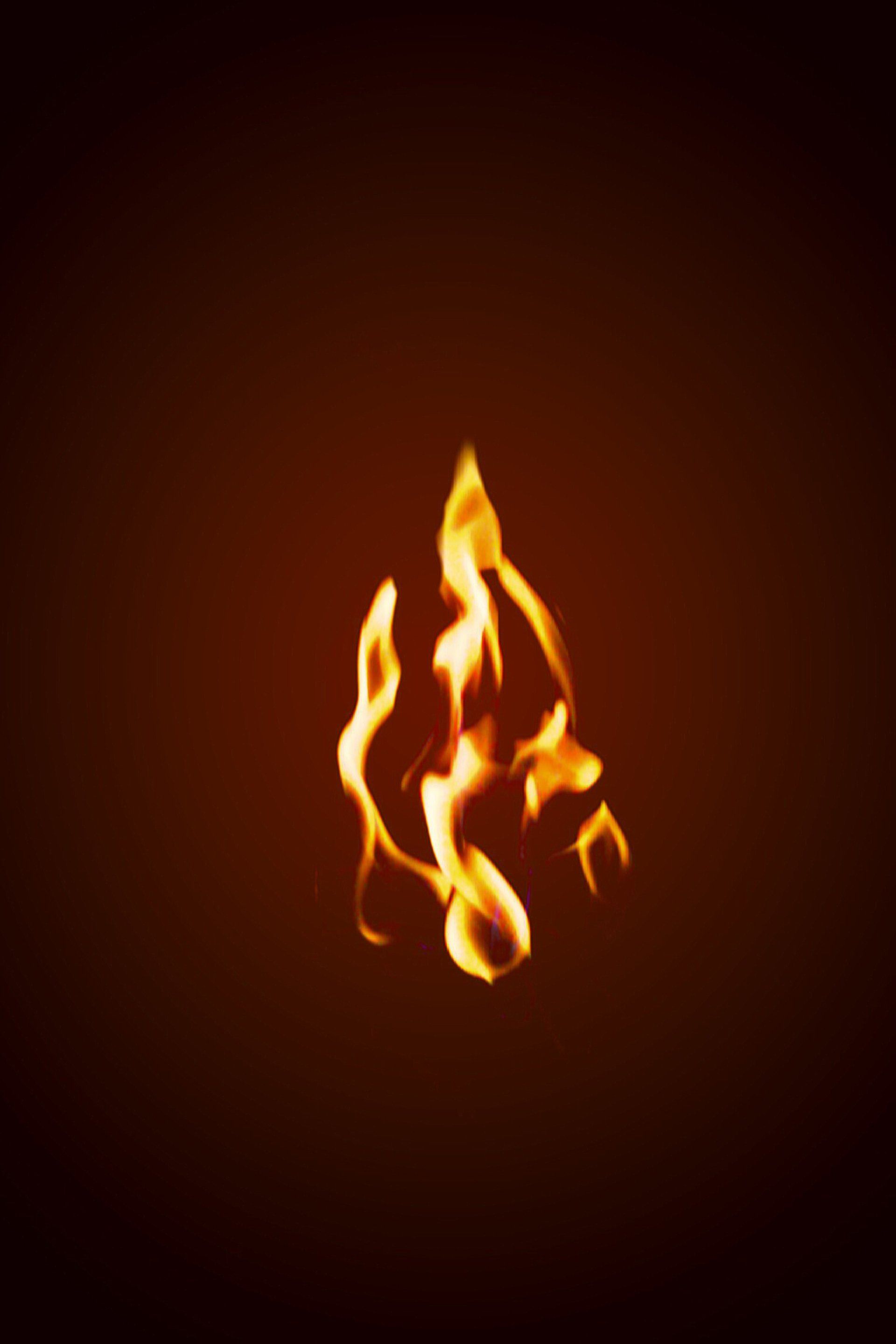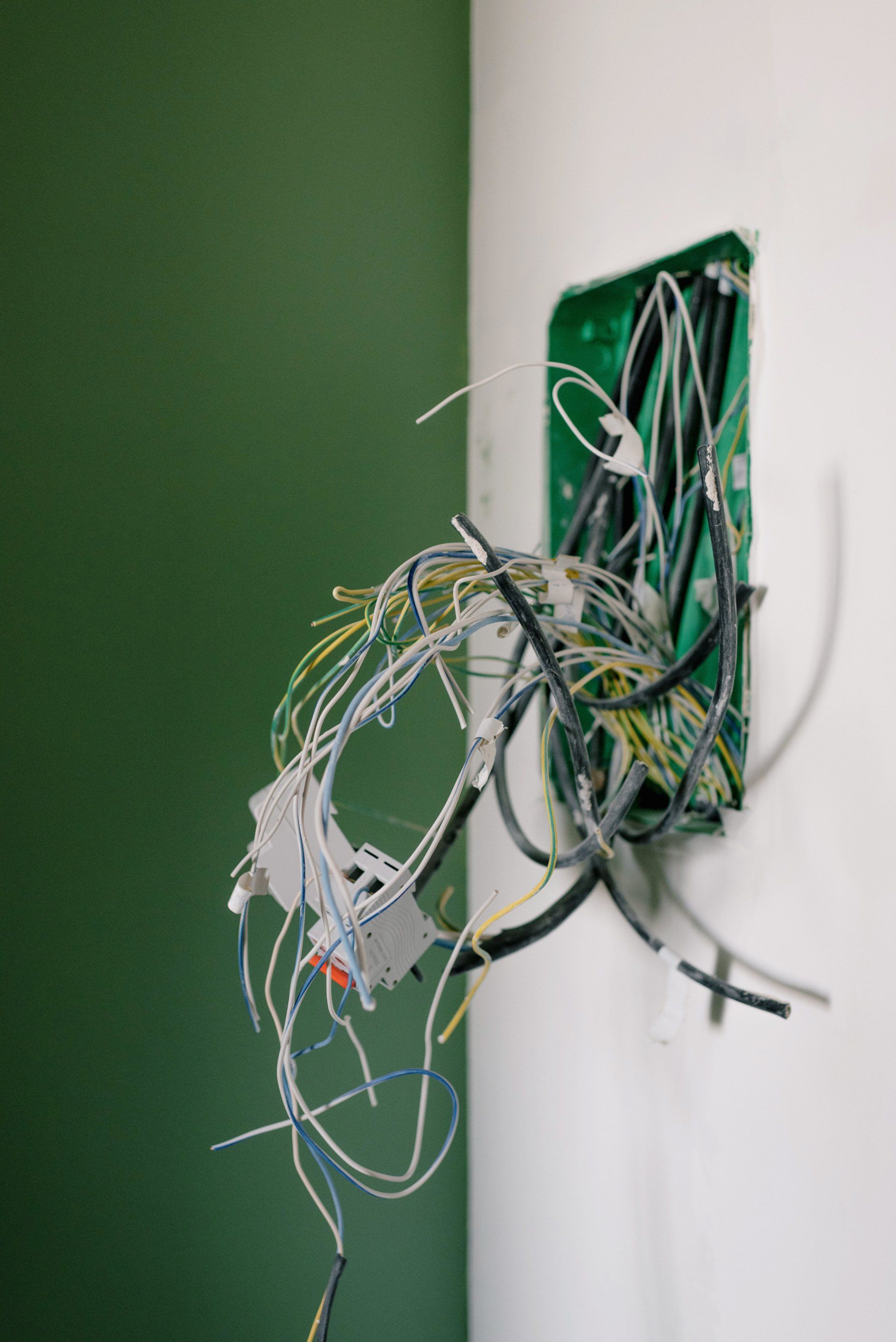Smoke Alarms – The Fatal Distinction
Smoke Alarms – The Fatal Distinction
Ionization versus Photoelectric Smoke Detectors:
In the majority of fires, the disparity is fatal. What type of smoke detector do you possess?
Imagine if your vehicle's airbags deploy randomly when you hit a pothole but fail to deploy in over half of the collisions. This is an unpleasant fact regarding the smoke alarms prevalent in the majority of homes. We may assume a smoke alarm was a smoke alarm, as did the majority of people. We now understand that there are two fundamental types of smoke detectors: ionization and photoelectric. In fatal fires in the real world, these alarms behave quite differently. In this scenario, being unique is undesirable. Knowing the distinction could potentially save your life.
When was the last time your smoke alarm was tested or replaced?
A smoke detector that sounds around nineteen minutes after smoke reaches its sensing chamber is comparable to an airbag that does not deploy until approximately nineteen minutes after a car crash.
Over 90% of households have ionization smoke alarms, 5% have photoelectric alarms, and the other 10% have no smoke alarm at all. In the last three decades, the number of households with smoke alarms has increased considerably. Despite the installation of smoke detectors in millions of houses, the danger of dying in a house fire has remained relatively unchanged. That makes sense, right?
No, and here's why.
Typically, two test scenarios are utilized during smoke alarm testing. The first is a "rapid flame" fire, while the second is for smoldering fires. A "rapid flame" fire consists of accelerants such as gasoline, cooking oils, grease, and paper. A smoldering fire is the early stage of a fire before it develops open flames; it is characterized by slow movement and substantial smoke.
In tests, ionization alarms often respond 30 to 90 seconds faster than photoelectric alarms to "fast-flame" fires. In smoldering fires, however, ionization alarms respond 15 to 50 minutes later than photoelectric alarms. Several testing investigations reveal that ionization alarms fail to trigger between 20 and 25 percent of the time. In the same testing, photoelectric alarms were always triggered.
The vast majority of residential fire deaths are caused by smoke inhalation, not the actual flames, and nearly two-thirds of fire deaths occur at night while we sleep.
Ionization alarms are renowned for false alarms, that is, going off while you cook, burn toast, take a shower, etc. When alarms falsely activate, people feel frustrated and disable them on purpose. This renders the family entirely defenseless. Multiple studies indicate that ionization alarms are eight times more likely to be purposely disabled. Ionization alarms constitute the overwhelming bulk of disabled alarms.


Get a Free Quote Today!
Electrician Victoria Quote











